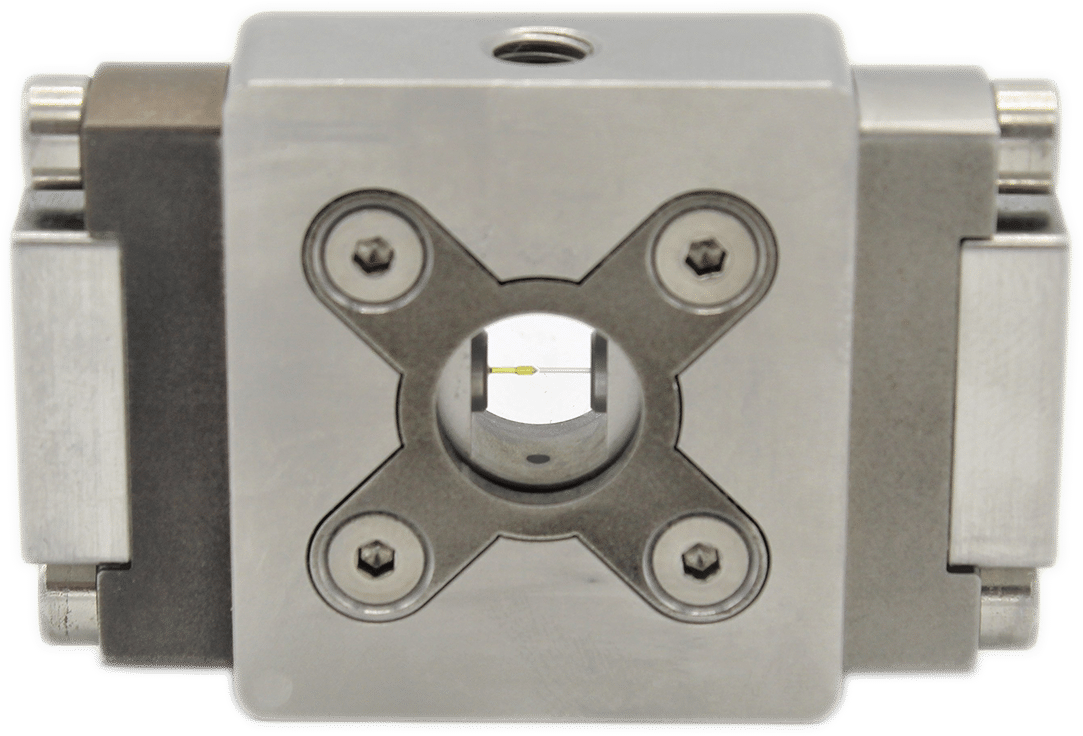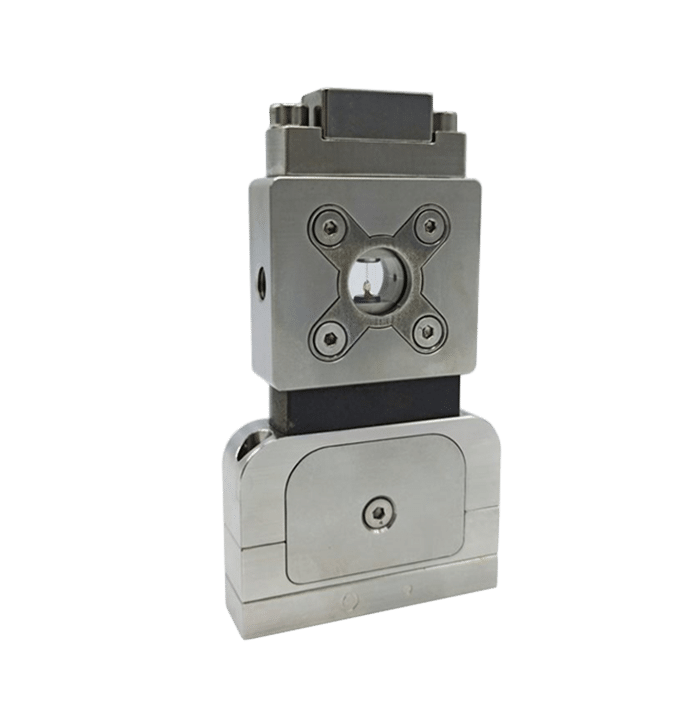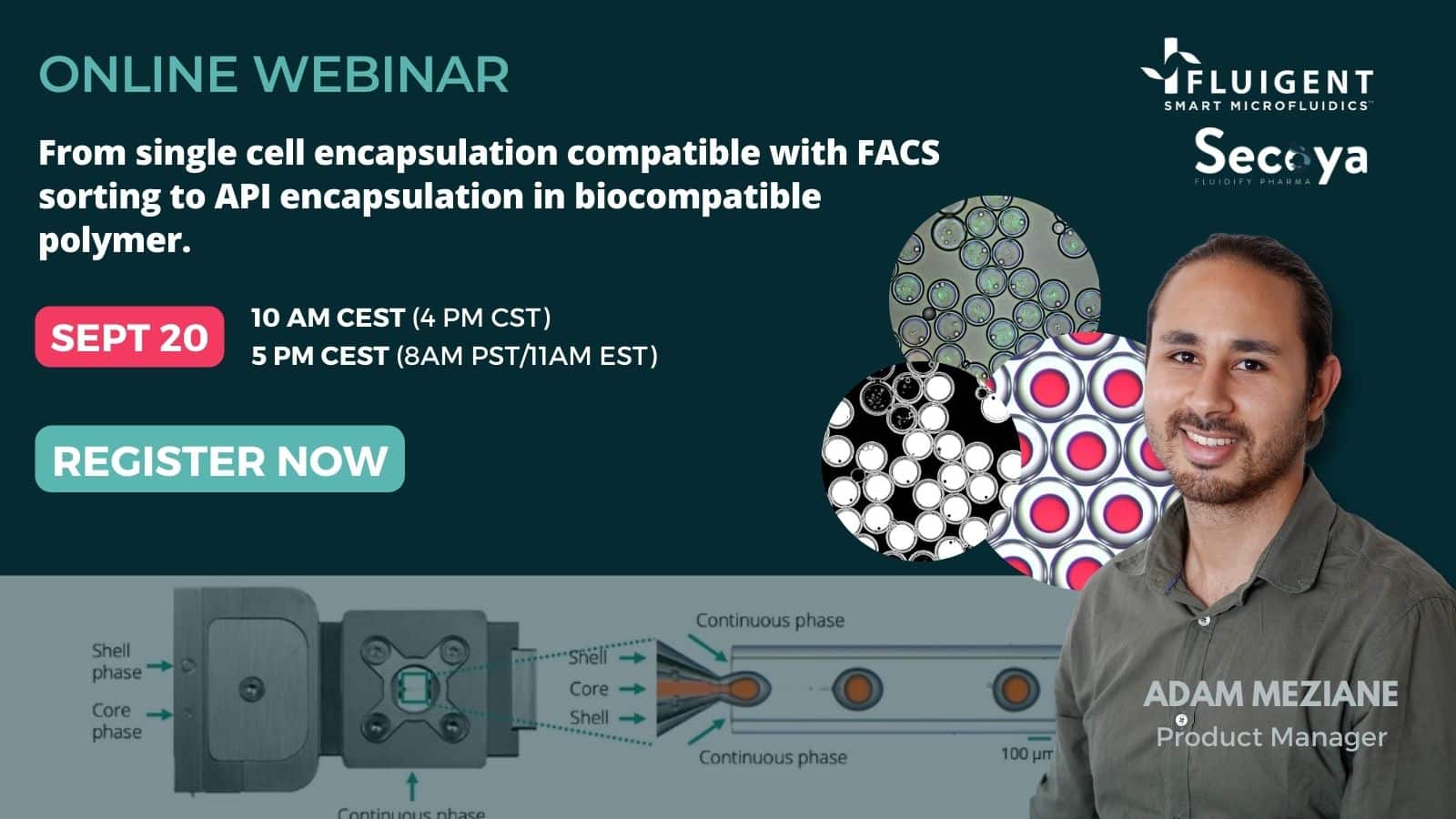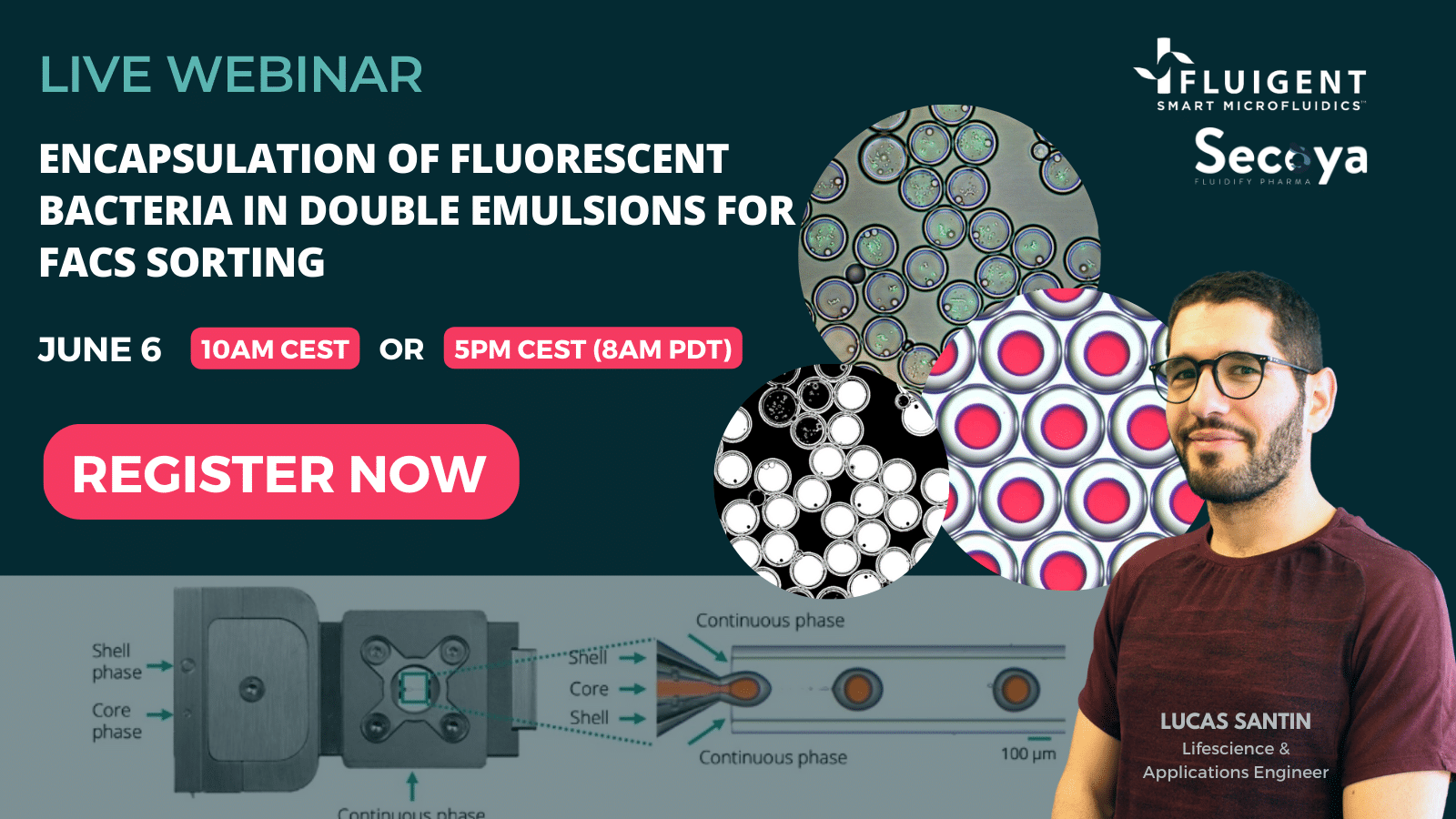Most commercial microfluidic droplet generators rely on the planar flow-focusing configuration implemented in polymer or glass chips. The planar geometry, however, suffers from many limitations and drawbacks, such as the need of specific coatings or the use of dedicated surfactants, depending on the fluids in play.
On the contrary, and thanks to their axisymmetric geometry, glass capillary-based droplet generators are a priori not fluid-dependent. Nevertheless, they have never reached the market because their assembly requires art-dependent and not scalable fabrication techniques.
Here we present a new device, called Raydrop, based on the alignment of two capillaries immersed in a pressurized chamber containing the continuous phase. The dispersed phase exits one of the capillaries through a 3D-printed nozzle, placed in front of the extraction capillary for collecting the droplets. This non-embedded implementation of an axisymmetric flow-focusing is referred to co-flow-focusing.
In the context of a growing demand of controlled droplets in many areas, discover the Raydrop that emerges as a very robust and versatile solution easily implementable in laboratories with little experience and facilities in microfluidics.
What you will learn:
Introduction to droplet-based microfluidics
Current method & technologies present on the market droplet & emulsion production
Understand the advantages & challenges of droplet-based microfluidics
Discover a new method for droplet and emulsion production
Speakers:
Adrien Dewandre, Technology Lead, Secoya Technologies
Adam Meziane, Product manager, Fluigent
Benoit Scheid, Professor, Université libre de Bruxelles
RayDrop Single Emulsion
The RayDrop Single Emulsion Device is a microfluidic droplet generator composed of three main fully removable parts: two inserts on each side, a center section containing a nozzle, and an outlet capillary. There are four standard microfluidic connections, two on the box for the continuous phase, one on each insert for the dispersed phase entry, and one on the collecting emulsion outlet.

RayDrop Double Emulsion
The RayDrop Double Emulsion Device is composed of three main, fully removable parts: two inserts on each side,a center section containing a nozzle, and an outlet capillary. There are 5 standard microfluidic connections, two on the box for the continuous phase and three others: one on each insert for the core shell phase entry,and one on the collecting emulsion outlet. The droplets are produced by controlling the squeezing of the droplet phase locally generated by the continuous phase at the entrance of the collection capillary.


